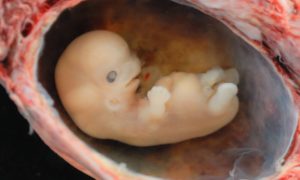For the second year in a row, China has seen not only a decline in births but more deaths than births. A new report from the National Bureau of Statistics (NBS) was released this week, showing that the population decreased by 2.08 million people in 2023.
In 2022, 9.56 million people were born; conversely, in 2023, 9.02 million babies were born. Deaths, meanwhile, increased; in 2022, 10.41 million people died, while in 2023, 11.1 million people died. This made for a population growth rate of -1.48 per thousand people. The NBS also noted that there continues to be a stark gender imbalance, as men outnumber women significantly. There are 720.32 million men, compared to 689.35 million women.
“It’s not a surprise. They’ve got one of the lowest fertility rates in the world so this is just what happens – the population stops growing and starts to decline,” Professor Stuart Gietel-Basten, a population policy expert at the Hong Kong University of Science and Technology, told the BBC. “It’s kind of locked in now… this is just the next year in this new era of population stagnation or decline for China.”
READ: Reports say fake birth certificates are being used to sell children in China
The Chinese government has been desperately trying to encourage people to have more children, as the low fertility rate is — according to the New York Times — already straining the country’s health care and pension systems. The government has attempted various measures, such as subsidizing IVF, but it has made little difference.
Much of China’s population problem can be traced back to its One Child Policy, which was instituted in 1980. Created with the help of the United Nations Population Fund (UNPF) and the International Planned Parenthood Fund (IPPF), those who violated the policy faced punishments ranging from fines to being dragged off the streets and forced into abortions. A cultural preference for sons quickly led to a massive gender imbalance, which further led to millions of missing Chinese girls, and an epidemic of human trafficking.







